
Good day to everyone attending this international media and communication conference. I’m honored to be your guest speaker today, and I’m here to share valuable insights on one of the most pivotal components of modern business and personal branding — starting your own website. Whether you are in the Philippines or anywhere else in the world, understanding the foundational elements of building a website is crucial for success in today’s digital landscape.
Launching a website may seem daunting at first, especially for beginners, but with the right guidance, tools, and mindset, it becomes a rewarding endeavor that drives growth, connection, and opportunity. In this detailed guide, I will walk you through everything you need to know before you start creating your website — from planning and design to choosing the right hosting and managing your site effectively.
Why You Should Start a Website Today
Before diving into the technical aspects, let’s consider why having a website is important. Websites are no longer just digital brochures; they’re powerful platforms that:
- Help establish your brand’s credibility and professionalism.
- Enable you to reach a global audience 24/7.
- Act as hubs for marketing, ecommerce, content sharing, and customer engagement.
- Offer data insights through analytics to improve business decisions.
- Support SEO strategies that bring organic traffic without recurring ad costs.
For businesses in the Philippines, having a website means connecting with a digitally savvy population that is increasingly reliant on online information and services. According to recent data, internet penetration in the Philippines has grown rapidly, making websites essential for competitive advantage.
Step 1: Define Your Website’s Purpose and Goals
The first and most critical step in building any website is clarifying its purpose. Ask yourself:
- What do I want my website to achieve? (e.g., sell products, inform customers, showcase portfolio)
- Who is my target audience?
- What action do I want visitors to take? (e.g., make a purchase, contact me, subscribe to newsletter)
Without clear goals, your website may lack direction and fail to serve your customers effectively. For example, if you’re a small business owner in Manila selling handcrafted goods, your goal might be to create an ecommerce platform to accept payments online, while also sharing your brand story to build loyalty.
Step 2: Choose the Right Domain Name
Your domain name is your website’s address on the internet — like yourbusiness.com. Choosing the right domain name is vital because it’s part of your brand identity and affects SEO.
- Keep it short and memorable: Avoid complicated spellings or long phrases.
- Use relevant keywords if possible: For instance, if you sell coffee beans in Cebu, a domain like cebucoffee.com.ph might be effective.
- Consider local domain extensions: In the Philippines, .ph or .com.ph domains are popular and can boost local trust.
Pricing example: Registering a domain in the Philippines typically costs between PHP 800 to PHP 1,200 per year depending on the registrar and domain extension.
Step 3: Select a Reliable Web Hosting Provider
Web hosting is where your website files live online. Choosing a dependable hosting service ensures your site loads fast, stays secure, and remains accessible around the clock.
Consider these factors when selecting hosting:
- Server speed and uptime guarantee: Aim for hosting with at least 99.9% uptime.
- Customer support: 24/7 support with local or English-speaking agents can be very helpful.
- Security features: SSL certificates and regular backups are critical.
- Scalability: Choose hosting plans that can grow as your traffic increases.
- User-friendly control panel: For beginners, platforms like cPanel simplify management.
Common types of hosting include:
- Shared Hosting: Cost-effective but shares resources with other sites — ideal for startups.
- VPS (Virtual Private Server): Offers more resources and control; suitable for growing traffic.
- Dedicated Hosting: Entire server dedicated to you; recommended for high-traffic or resource-intensive sites.
- Cloud Hosting: Highly scalable and flexible; excellent for fluctuating traffic patterns.
Pricing example:
| Hosting Type | Average Monthly Cost (PHP) |
|---|---|
| Shared Hosting | PHP 200 - PHP 800 |
| VPS Hosting | PHP 1,500 - PHP 4,000 |
| Dedicated Hosting | PHP 5,000 - PHP 15,000 |
| Cloud Hosting | PHP 1,000 - PHP 5,000 |
Step 4: Plan Your Website Structure and Content
A well-organized website structure ensures visitors find what they need quickly and improves SEO. Typical website sections include:
- Home Page: Introduces your brand and highlights key offerings.
- About Us: Builds trust by sharing your story and values.
- Products / Services: Detailed pages showcasing your offerings.
- Blog / News: Content marketing hub that attracts visitors through useful articles.
- Contact Us: Clear contact details and inquiry forms.
Create a sitemap or flowchart outlining how visitors will navigate. This helps during web design and development phases.
Step 5: Design with User Experience (UX) in Mind
Your website’s design speaks volumes about your professionalism. Beyond aesthetics, user experience is about making your site easy and enjoyable to use. Key UX principles include:
- Simplicity: Avoid clutter and focus on clear calls-to-action (CTAs).
- Mobile Responsiveness: Over 60% of web traffic comes from mobile devices — especially critical in the Philippines where mobile internet use is prevalent.
- Fast Loading: Optimize images and streamline code to reduce load times.
- Accessibility: Design for users with disabilities by using readable fonts and sufficient contrast.
- Consistent Branding: Use unified colors, logos, and messaging.
You can use website builders like WordPress (with themes), Wix, or Squarespace if you’re starting out without coding experience. For custom solutions, hiring a professional web designer can pay dividends in quality and uniqueness.
Step 6: Develop Your Website (Do It Yourself or Hire Professionals)
If you have technical skills, building your site using HTML, CSS, JavaScript, or content management systems like WordPress is feasible. Otherwise, consider hiring developers or agencies specializing in web development. In the Philippines, freelance web developers often charge between PHP 15,000 to PHP 80,000 for small to medium-sized websites depending on complexity.
If you opt for DIY options, here are popular approaches:
- Coding from Scratch: Full control but requires significant expertise.
- CMS Platforms: WordPress is widely used due to its flexibility and extensive plugin ecosystem.
- Website Builders: Drag-and-drop tools that simplify design without coding (e.g., Wix, Squarespace).
The choice depends on your budget, timeline, and long-term goals.
Step 7: Optimize Your Website for Search Engines (SEO)
No matter how beautiful your website is, it won’t generate value if no one can find it. Search Engine Optimization (SEO) ensures your site ranks well on platforms like Google so potential customers discover you organically.
Key SEO strategies include:
- Keyword Research: Identify terms your target audience searches for and incorporate them naturally into your content.
- On-Page SEO: Optimize titles, meta descriptions, headers (H1-H6), image alt tags, URLs, and internal links.
- Technical SEO: Improve site speed, mobile-friendliness, secure HTTPS protocol (SSL), XML sitemaps, and structured data markup.
- Content Marketing: Regularly publish high-quality blog posts or resources that address audience pain points.
- Backlinks: Earn reputable inbound links from other sites to boost authority.
The Philippine digital market is competitive yet rapidly growing. Localizing content with Filipino language or cultural references can give you an advantage in search rankings within the region.
Step 8: Launching Your Website
Before going live, rigorously test your website across various browsers (Chrome, Firefox, Safari) and devices (smartphones, tablets). Make sure all links work, forms submit correctly, and pages load swiftly. Ask for feedback from colleagues or friends who resemble your target audience.
Create a launch checklist that includes:
- Installing Google Analytics for traffic tracking.
- Setting up Google Search Console for indexing insights.
- Ensuring legal notices such as Privacy Policy and Terms of Service are displayed.
- Cron jobs or automated backups configured if applicable.
- Email accounts aligned with your domain set up (e.g., info@yourbusiness.ph).
Step 9: Promote Your Website Effectively
Your website’s success depends on ongoing promotion to attract visitors. Strategies include:
- Social Media Marketing: Share content and engage audiences on platforms like Facebook, Instagram, LinkedIn — very popular in the Philippines.
- Email Marketing: Build subscriber lists to nurture leads with newsletters or offers.
- PPC Advertising: Use Google Ads or Facebook Ads targeting your niche audience with budget controls.
- Networking & Partnerships: Collaborate with influencers or complementary businesses for mutual promotion.
- Offline Channels: Incorporate your website URL on print materials like business cards or flyers.
Step 10: Maintain Your Website Regularly
A website is never truly finished. Regular updates keep it secure, relevant, and functional. Maintenance tasks include:
- Updating software/plugins regularly to prevent hacking vulnerabilities.
- Refreshing content to improve SEO rankings.
- Monitoring site performance and fixing broken links or errors promptly.
- Tweaking design or UX based on user feedback and analytics data.
A neglected website can harm your reputation as much as having no website at all. Plan monthly reviews or hire a trusted webmaster if necessary.
A Real-Life Example from the Philippines: How a Small Startup Built Their Online Presence
I once consulted with a local Manila-based startup specializing in organic skincare products. Initially, they relied solely on physical retail but wanted to expand online. Here’s how they applied these steps successfully:
- Goal Setting: Their objective was clear — sell directly to customers nationwide via an ecommerce site with educational content about skincare benefits.
- Domain & Hosting: They registered organicskin.ph, opting for shared hosting from a reputable Filipino provider costing around PHP 500/month with solid support.
- Sitemap & Design: The structure included Home, Shop, Blog, About Us, and Contact pages with mobile-responsive design reflecting their brand’s clean aesthetic.
- Coding & CMS: Given budget constraints, they used WordPress with WooCommerce plugin enabling ecommerce capabilities without custom development costs.
- SEO & Content Marketing: Localized blog posts focused on natural ingredients popular in the Philippines attracted organic traffic over time.
- Promotion & Growth: Active social media campaigns combined with email newsletters boosted sales consistently within six months of launch.
This journey illustrates that starting a professional website is achievable even with limited resources by following structured steps.
Empower Your Digital Journey with Knowledge and Action
The digital world offers boundless opportunities for individuals and businesses ready to embrace it. Starting a website is foundational — it’s your gateway to engaging modern consumers and expanding influence online. By understanding domain registration costs such as those measured in PHP here in the Philippines, choosing the right hosting solution aligned with your budget and goals, focusing on user experience, SEO, promotion, and maintenance — you set yourself up for lasting success.
If you take away one message from today’s discussion: a successful website starts with clear planning but thrives through ongoing effort and adaptation.
I encourage everyone here — regardless of industry or nationality — to dive into creating or improving your websites armed with these essential principles. Thank you for your attention, and may your online ventures prosper!
We are the best marketing agency in the Philippines.
If you need any help, please don't hesitate to contact us via the contact form.






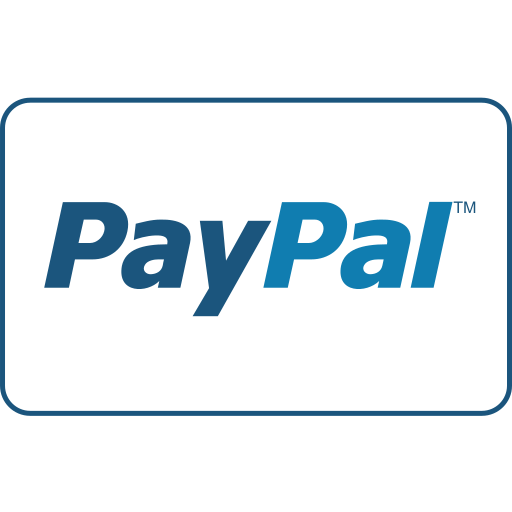
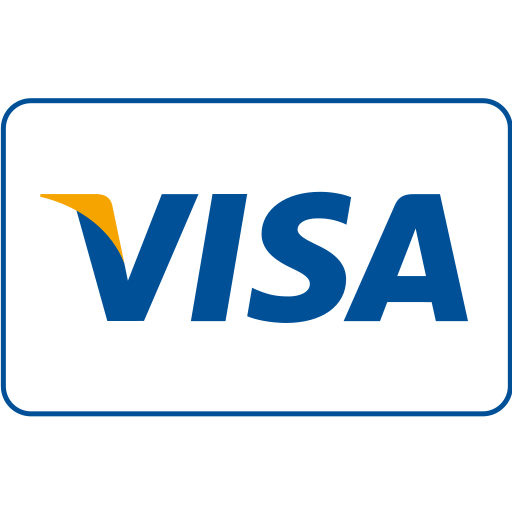
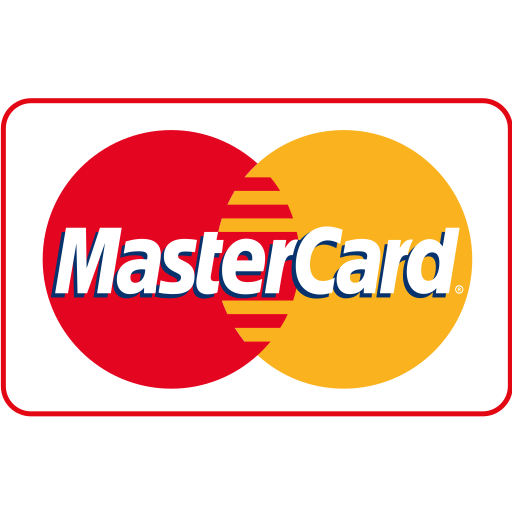
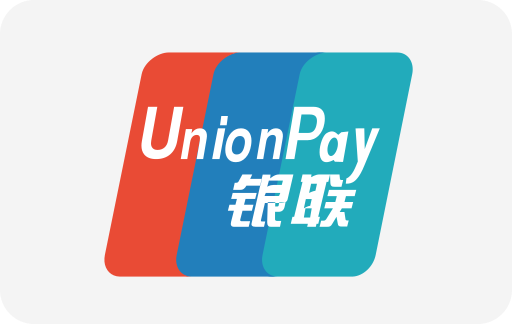
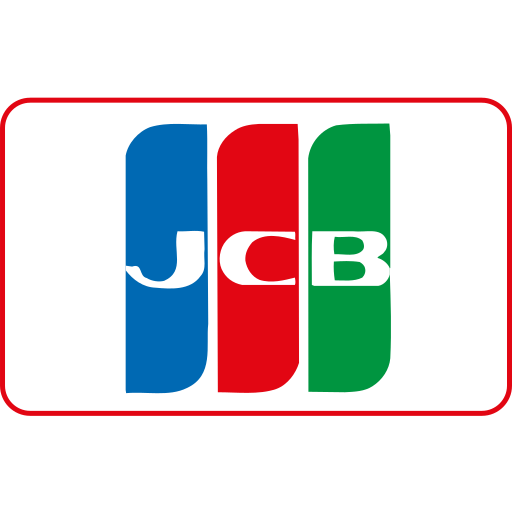
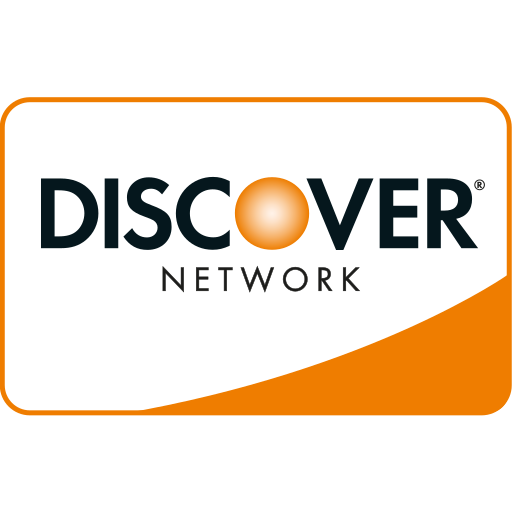


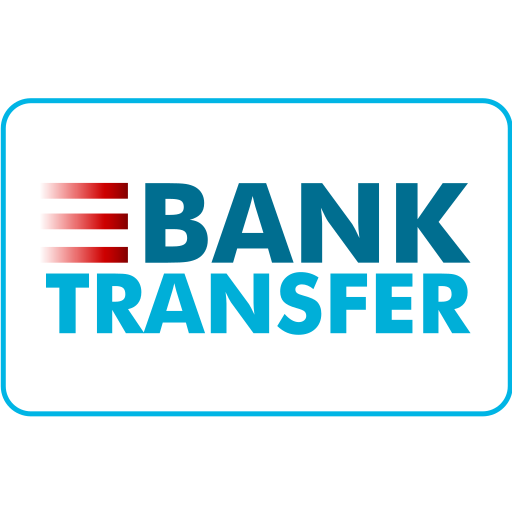
Ang PH Ranking ay nag-aalok ng pinakamataas na kalidad ng mga serbisyo sa website traffic sa Pilipinas. Nagbibigay kami ng iba’t ibang uri ng serbisyo sa trapiko para sa aming mga kliyente, kabilang ang website traffic, desktop traffic, mobile traffic, Google traffic, search traffic, eCommerce traffic, YouTube traffic, at TikTok traffic. Ang aming website ay may 100% kasiyahan ng customer, kaya maaari kang bumili ng malaking dami ng SEO traffic online nang may kumpiyansa. Sa halagang 720 PHP bawat buwan, maaari mong agad pataasin ang trapiko sa website, pagandahin ang SEO performance, at pataasin ang iyong mga benta!
Nahihirapan bang pumili ng traffic package? Makipag-ugnayan sa amin, at tutulungan ka ng aming staff.
Libreng Konsultasyon